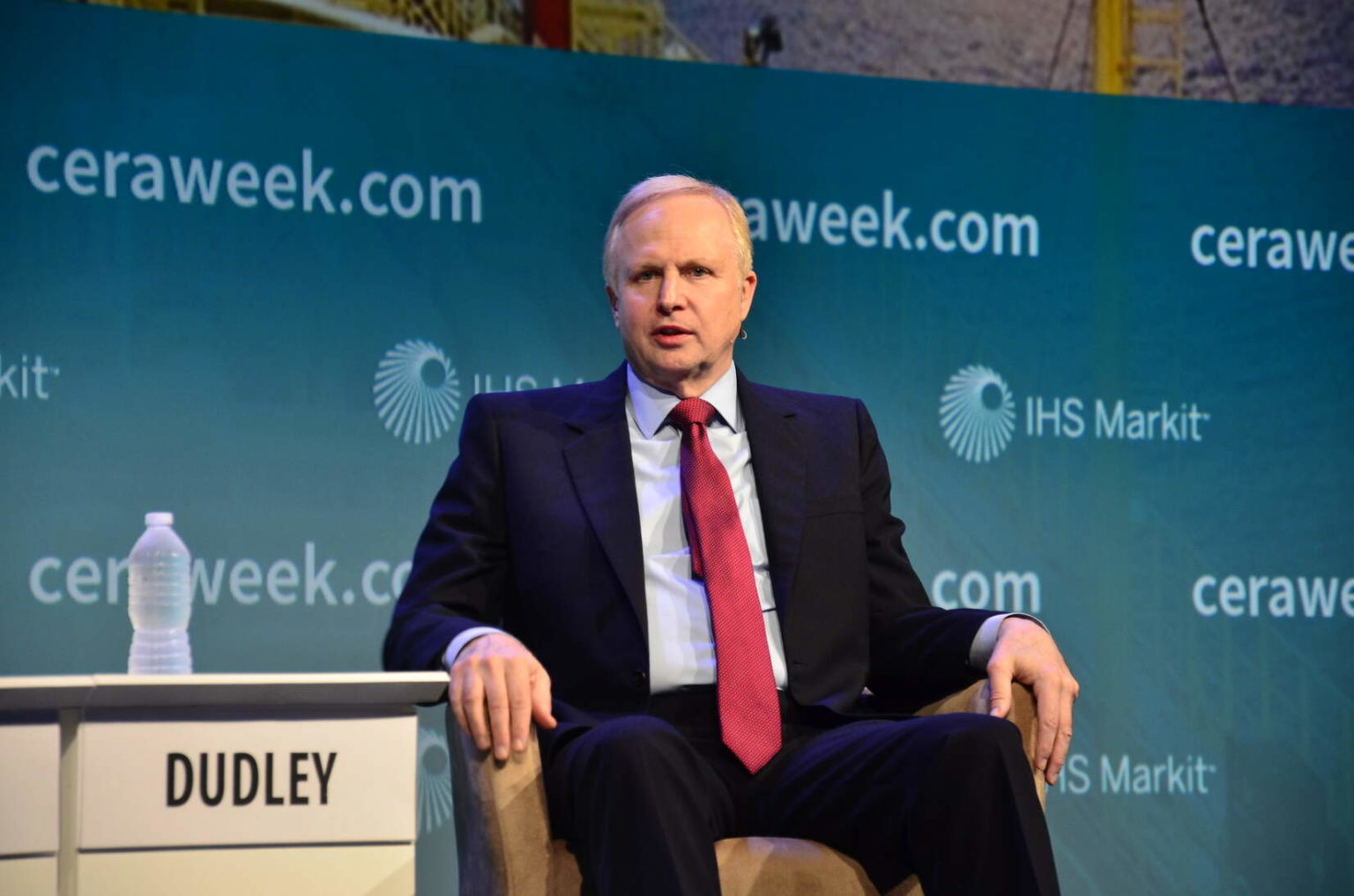Thanks to recent analysis, we now know how much of global greenhouse gas emissions big oil companies like Exxon and Shell are responsible for. But it’s easy to forget that behind these corporate behemoths are powerful individuals, making decisions about where the companies should drill next.
And thanks to a new database, we can now pinpoint how much of the companies’ pollution each executive is accountable for.
Dario Kenner, a Visiting Fellow at Anglia Ruskin University and author of the book, Carbon Inequality: The Role of the Richest in Climate Change, took data of fossil fuel companies’ annual emissions, and then worked out how much of each company the director owned — and therefore how much of its pollution they could be accountable for.
Kenner found that directors of 19 of the world’s largest fossil fuel and mining companies are responsible for greenhouse gas emissions equivalent to those of the petrostate of Bahrain each year.
For Kenner, the analysis helps answer “who the ‘we’ is when we say ‘we need to change things’.”
He told DeSmog, “There has always been an unequal ability to pollute. The rich drive more, fly more, and live higher carbon lifestyles. And at the moment we’re going through an ecological crisis, so it’s important to talk about this inequality.”
“I’m not saying climate change is all down to this group, but I’m using the individuals to make faceless companies more visible. It’s a reminder that behind these big companies, it’s people that run them.”
Big polluters
The data is certainly eye-catching.
According to the database Kenner assembled, the directors of 19 major fossil fuel companies for which data was publicly available were responsible for just over 35 million tonnes of greenhouse gas emissions in 2015, the latest year for which data was available. That’s remarkably close to Bahrain’s national emissions for the same year.
The company whose directors were accountable for the most emissions, according to Kenner’s database, was British-Swiss commodities and mining company Glencore. Its seven directors at the time were responsible for 25.3 million tonnes of greenhouse gas emissions associated with its products.
Glencore’s Australian CEO Ivan Glasenberg was accountable for all but about 100,000 tonnes of those emissions due to his eight percent share in the company, and had the most emissions associated with him of any director on the list. The top three most polluting directors in the database all held shares in Glencore.
The next highest emitting set of directors on the list are from coal company Cloud Peak Energy, an offshoot of mining giant Rio Tinto. Its 12 directors are responsible for almost three million tonnes of greenhouse gas emissions in one year, according to the data.
The figure is calculated using annual company emissions data from the Carbon Disclosure Projects’ Carbon Majors report, which analyses the numbers behind 100 fossil fuel companies that are collectively responsible for about 1 trillion tonnes of greenhouse gas emissions.
Each company’s annual emissions figure includes all the emissions associated with the extraction and use of a company’s products, known as ‘scope three’ emissions. Kenner then found company ownership information from public sources to see how many shares each director held at the time. He argues that if a director holds a certain stake in the company, then they can also be held accountable for the same percentage of its emissions.
Kenner admits that if the same overall figure is calculated only for the emissions associated with the extraction of the products — known as ‘scope one’ emissions — the figure is more like two million tonnes. But he says there is legitimate debate over what kind of emissions company directors should be held responsible for.
On one hand, companies could be said to be only responsible for their operational emissions — an argument that fossil fuel companies like to make. But on the other, “they have a responsibility for knowing about climate change” and how it was driven by their products, and still selling them, Kenner points out.
Investigations by DeSmog and others have shown that both Exxon and Shell knew about the impact their businesses have had on climate change for at least 40 years, yet continued to promote climate science denial and push for environmentally damaging market deregulation in that time.
Demonstrating responsibility
Kenner says the main point of the database is to communicate that ultimately it is people who are making the corporate decisions that have led to climate change — whether through setting a company’s corporate strategy, appointing lobbyists to stymie regulation, or signing off on political donations to candidates spreading climate science denial.
Beau O’Sullivan, communications manager at NGO ShareAction, was impressed at how the database makes the issue of corporate emissions more relatable for a wide audience. He said:
“This is a smart way to show that directors are personally accountable for and have a vested interest in reducing scope three carbon emissions, in the face of recent industry attempts to lay responsibility at the feet of the consumer.”
“However, while this method is good evidence of personal accountability, it should not be treated as an indicator of the level of responsibility attributable to any given director. It would be wrong to assume that just because a director has fewer shares, s/he is any less accountable for scaling back fossil fuel activities and delivering a low-carbon strategy,” he added.
Robert Brulle, a professor of sociology at Drexel University and visiting professor at Brown University, agrees that calculating individual shares of corporate emissions is important when communicating who is responsible for driving climate change. He told DeSmog:
“Carbon emissions are not the result of abstract forces or some version of ‘human nature’. Rather, the current pattern of energy use and resulting carbon emissions are the outcome of multitudes of individual decisions and corporate efforts to expand fossil fuel energy use, even after the dangers of continued carbon emissions were well known.”
“These individuals, now as directors of these corporations, continue to profit from their massive investments in these polluting corporations. Identifying and holding these individuals accountable for their actions is a critical step in addressing climate change,” he said.
Kenner agrees, and says there needs to be a more intensive look at the relationship between society’s richest and responsibility for tackling climate change. He has a phrase for this collection of people: “I call them ‘the polluter elite’ because the rich have always had shares in these companies, high-carbon lifestyles, and the ability to assert political influence to shape the consumption patterns of wider society,” he said.
“The rich have profited for so long from a fossil fuel economy that they’re obviously going to be the ones to try and block change”.
Subscribe to our newsletter
Stay up to date with DeSmog news and alerts






